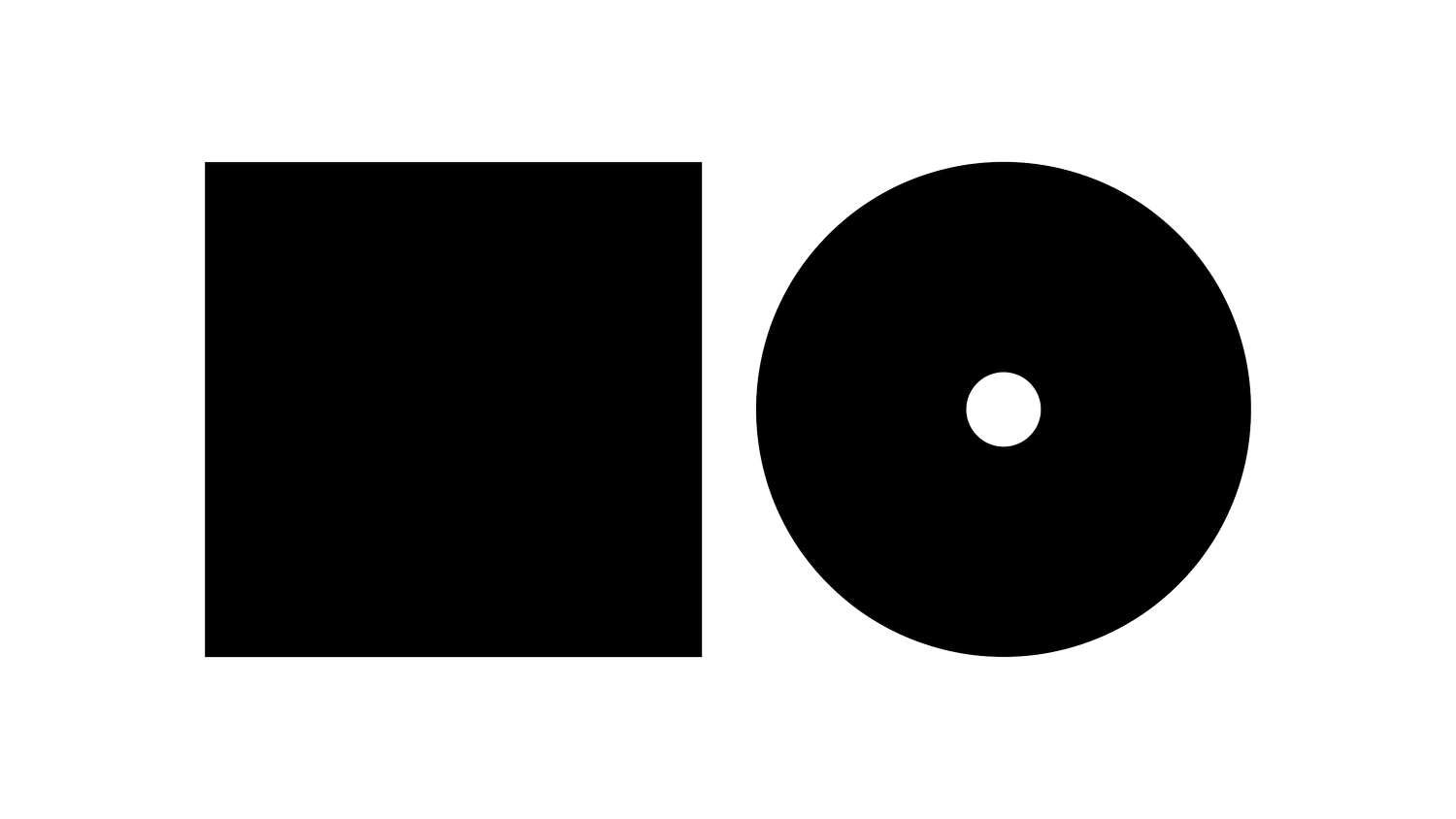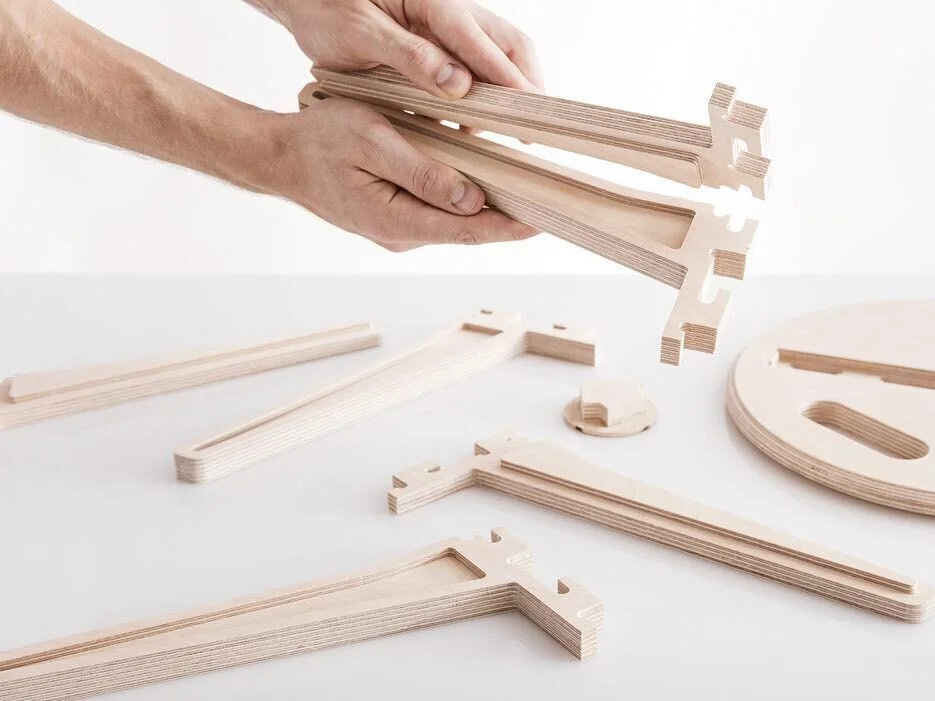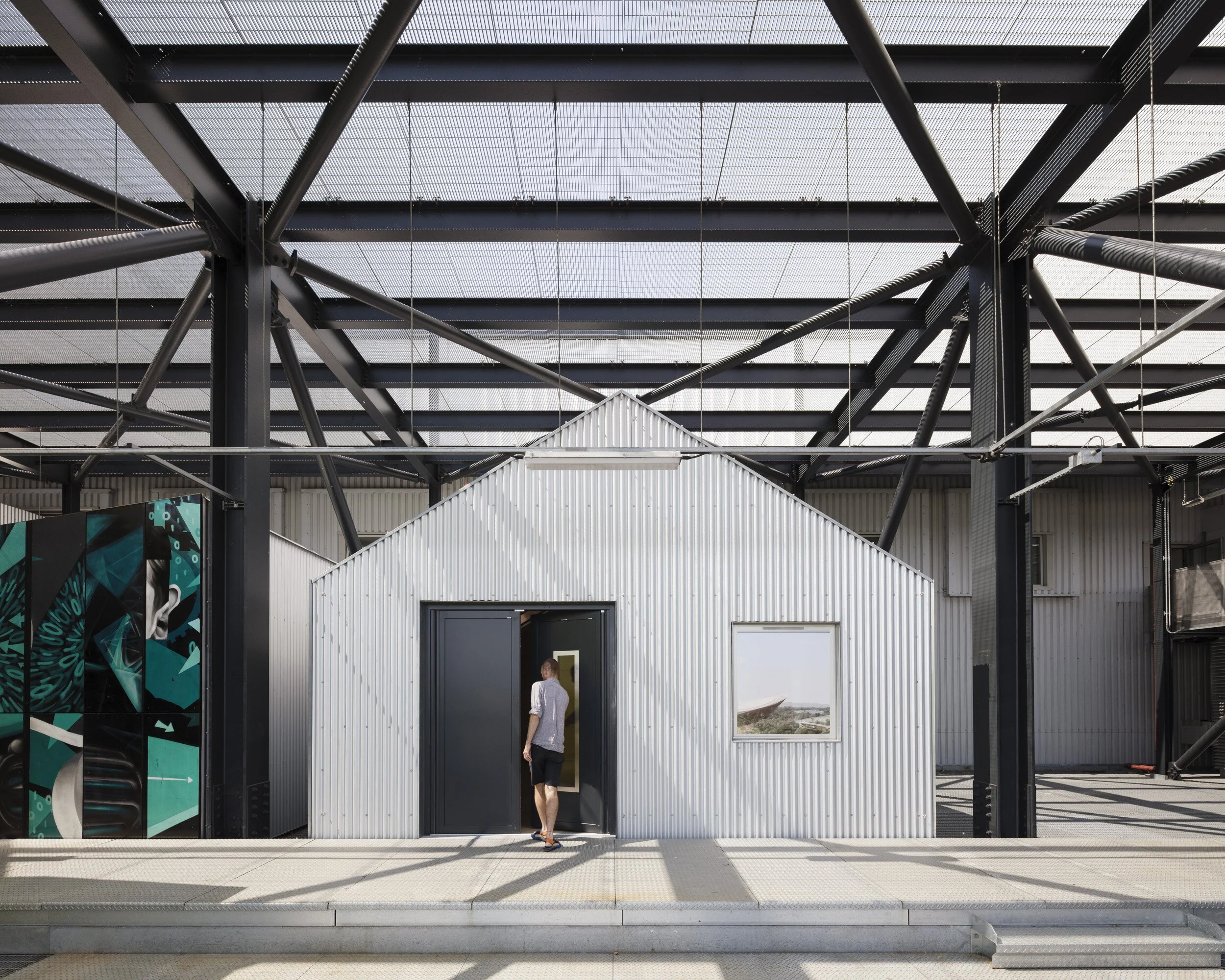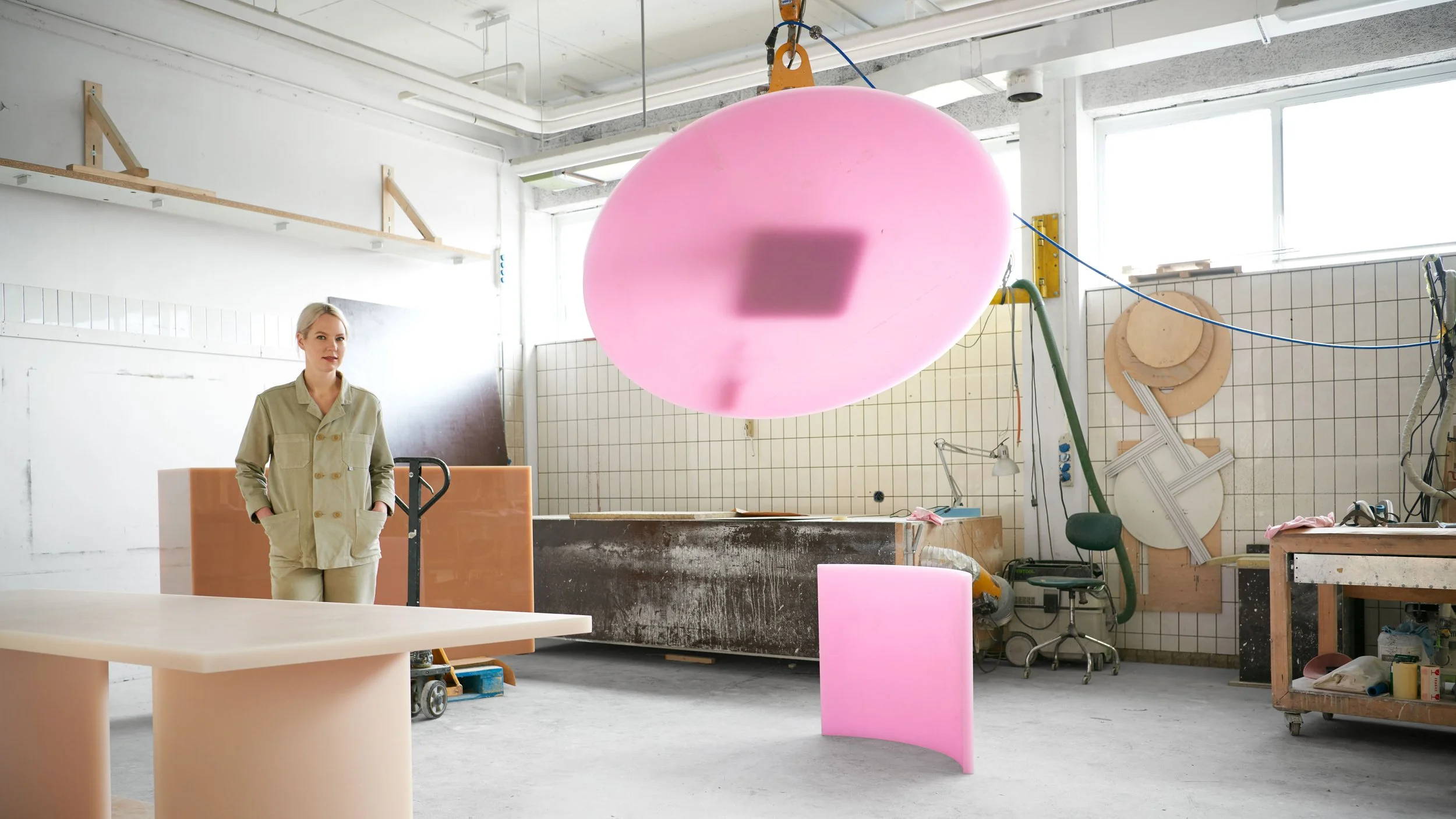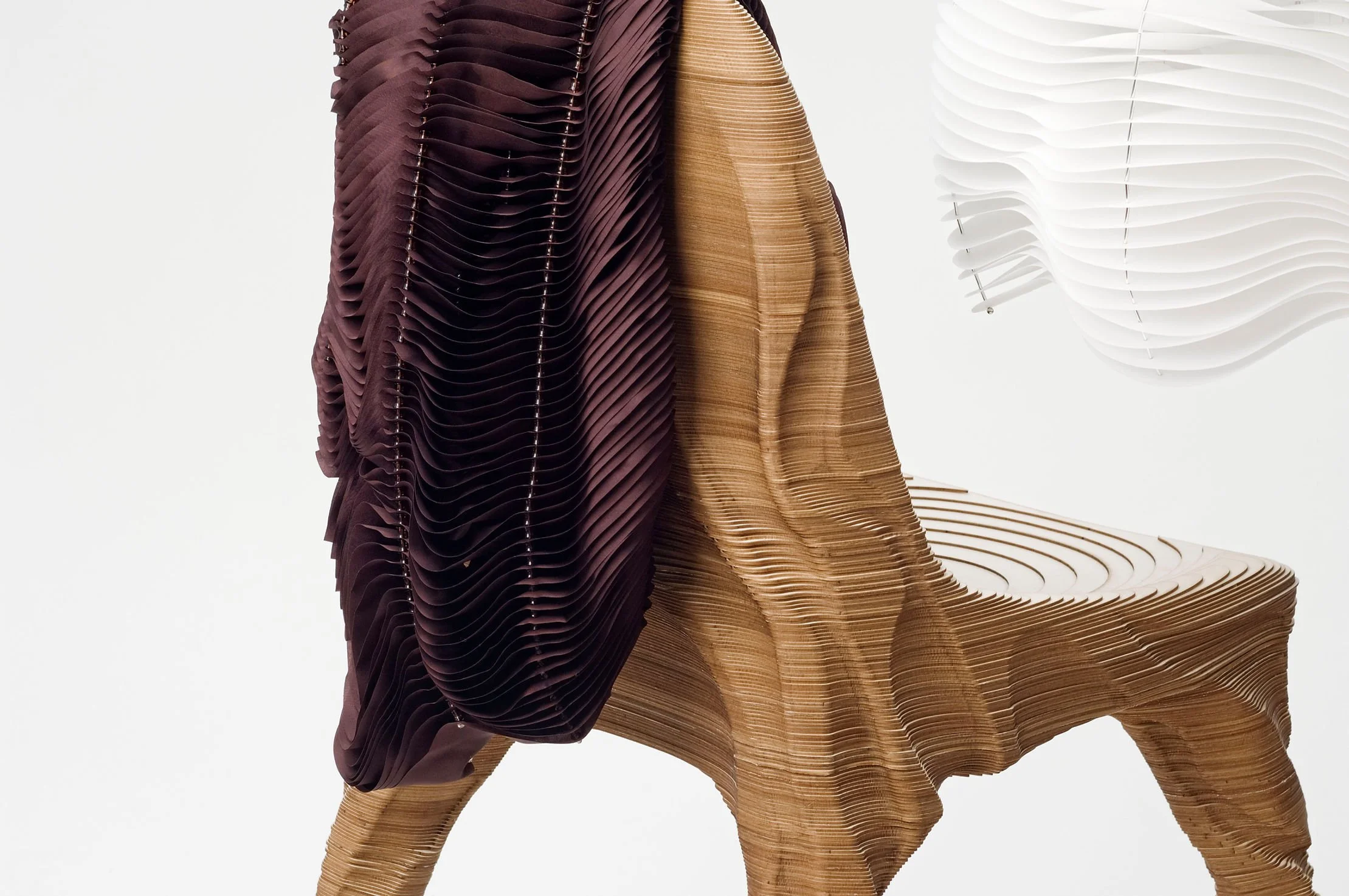P R O L E A R N
Doers and Makers represent two essential archetypes in the creative and professional realms. While both are crucial for bringing ideas to life, they embody different approaches and skill sets.
Characteristics of Doers
Action-Oriented: Doers focus on executing tasks efficiently and effectively, ensuring that projects move forward.
Pragmatic Problem Solvers: They excel in environments where clear objectives are defined, prioritising practical solutions over theoretical discussions.
Reliability: Known for their strong work ethic, Doers are dependable individuals who can be counted on to complete tasks and meet deadlines.
Collaboration: They often work well within teams, bridging gaps between creative ideation and practical implementation.
Characteristics of Makers
Creative Innovators: Makers are driven by the desire to create something new, often experimenting with materials and processes to bring their visions to life.
Hands-On Skills: They possess practical skills in crafting, building, or designing, often working with physical materials or digital tools to produce tangible outcomes.
Iterative Approach: Makers enjoy the process of creation, embracing experimentation and iteration to refine their products or ideas.
Community Engagement: Many Makers thrive in collaborative environments, sharing skills and knowledge within maker communities or through platforms like Etsy.
Benefits of Doers and Makers Working Together
Enhanced Innovation: The combination of Doers' execution skills with Makers' creativity leads to more comprehensive solutions that are both innovative and feasible.
Balanced Perspectives: Doers provide the structure needed to implement ideas effectively, while Makers contribute fresh perspectives that challenge conventional thinking.
Increased Productivity: Together, they can streamline processes from concept to completion, reducing time-to-market for new products or services.
Challenges and Considerations
Cultural Differences: Doers may prioritise efficiency over creativity, while Makers might resist constraints imposed by strict timelines or processes.
Recognition of Contributions: Ensuring that both roles are valued equally can be challenging; often, the visible results of Doers' work overshadow the creative efforts of Makers.
Communication Gaps: Effective collaboration requires clear communication between Doers and Makers to align goals and expectations.
Future Outlook
As industries continue to evolve towards more collaborative models, the synergy between Doers and Makers will become increasingly vital. With advancements in technology enabling more seamless collaboration (e.g., digital fabrication tools), we can expect a rise in interdisciplinary projects that leverage both skill sets.
Call to Action:
Reflect on your own role as a Doer or Maker within your organisation or community. Consider how you can enhance collaboration between these two archetypes to drive innovation and improve project outcomes. Engage with others to share insights, skills, and experiences that foster a culture of creativity and execution.
